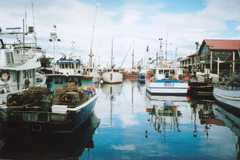Outposts of opportunity / Tasmania
Tasmanian angel
Hobart, capital of Tasmania, is the nearest inhabited landmass to Antarctica and that’s why scientists flock to the city that is at the frontline of environmental research. Add to this adventurous tourists and food pioneers, and you have a recipe to transform the island’s once bleak fortunes.
If you’d like to try some ancient water, Mark Curran can help you out. Standing in a minus 18C fridge, he is showing off a column of 90,000-year-old ice, which he gouged from Antarctica himself. Curran, a glaciologist originally from Dublin, is based in Sandy Bay in central Hobart, Tasmania, where he studies these ice cores for the Australian Antarctic Division.
“Each time you discover something new down there, you pose another 10 questions. We are only really scraping the surface in terms of what we know,” says Curran. “The Antarctic is an area that the rest of the world forgets – even though it controls and stabilises the earth’s climate.” Curran, 39, is one of hundreds of scientists based in Hobart, a hub for national and international Antarctic-related organisations.
A new, scientist-only air service, launched in Hobart in December 2007, has cut the trip to the frozen continent to four and a half hours and highlights the growing international interest in the Pole as a barometer for climate change, a tourist destination and a potential source of natural resources. “I can see Hobart’s role as the centre of Antarctic research growing,” says Curran. Curran’s optimism pervades Hobart, the pretty capital of Tasmania. In recent years, “Tassie” has moved beyond its image as an underperforming backwater to having one of Australia’s more successful economies, boosted by a growing population attracted to its affordability. Tasmania, remote and beautiful, has long been an escape from the rest of the world. And it is now emerging as a clean, green place at the frontline in the effort to save the environment, if divisive logging issues are resolved.
The first Green Party in the world was formed in Hobart in 1972. The state is largely powered by renewable energy and environmental issues have shaped – and bitterly divided – the island. As Nick McKim, member of parliament and head of the Tasmanian Greens, puts it: “We’ve got these deeply held environmental values in our people. We’ve got the largest number of scientists per capita in the country. We have historic expertise in things such as renewable energy generation through Hydro Tasmania, and now we are a national leader in wind farms.”
Tasmania, a former penal colony (240km from mainland Australia), is the haunted house of Australia. Its grim convict past, the wiping out of the entire Aboriginal population, laws criminalising homosexuality only taken off the law books in 1997 and ongoing battles between Greens and loggers traditionally made it the butt of mainland gags and snobbery. Its economic fortunes in the 1980s and 1990s were miserable and forced many young Tasmanians to leave.
In the past decade the island has gone through a renaissance, with its economy moving away from being solely about zinc and woodchips. The niche food industry has developed with all things Tasmanian – be it cool-climate wine, cherries, ocean-farmed salmon, ginseng, goats milk cheeses or wasabi – gaining kudos at Sydney dinner parties and export ground, with Japan the largest market at $726m (€558m) for 2007/2008.
Cheaper air fares and two ferry services between mainland Australia and the island have helped almost double tourist numbers in a decade to 875,000 a year, spending around $1.42bn (€1.09bn).
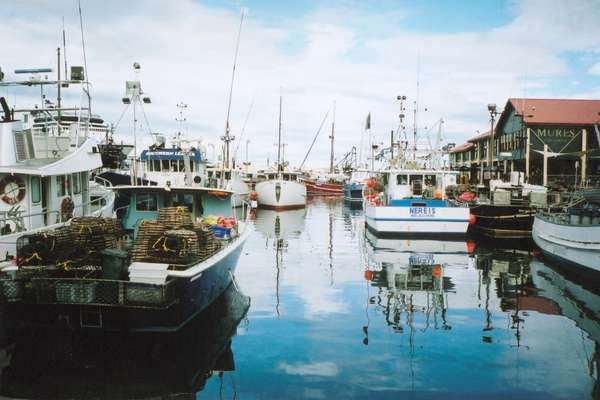
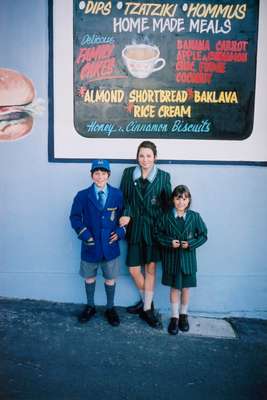
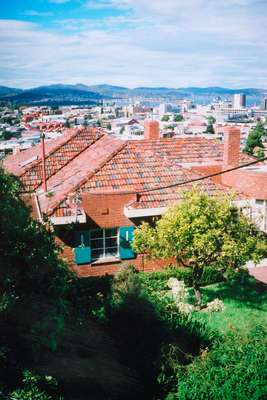
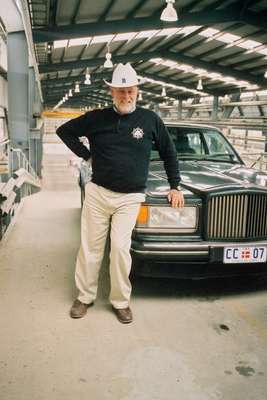
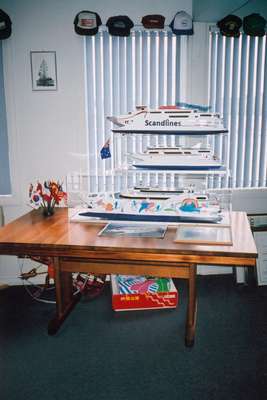

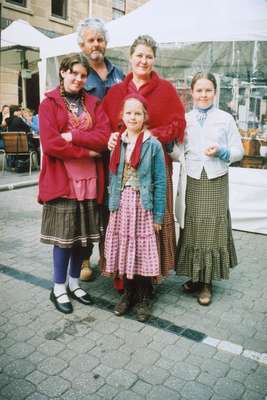
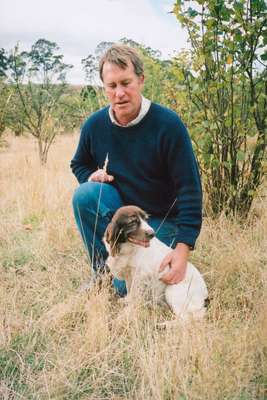

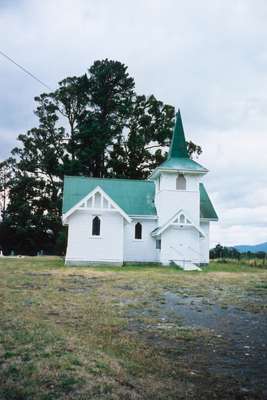

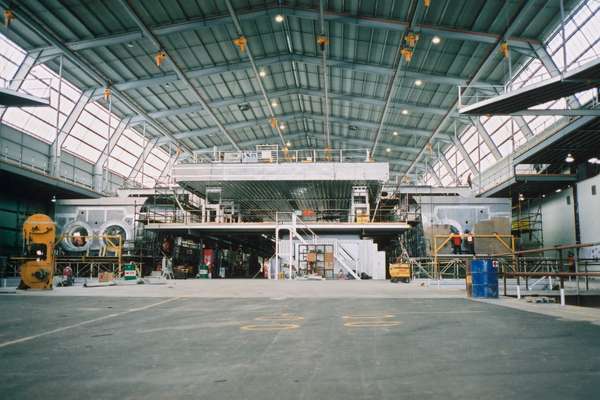
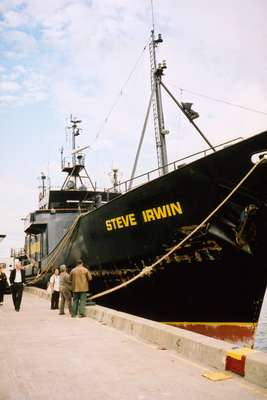
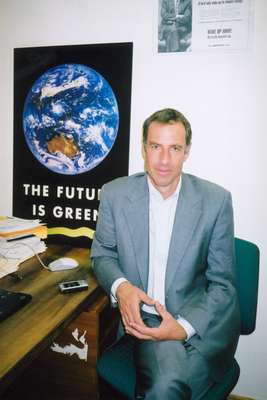
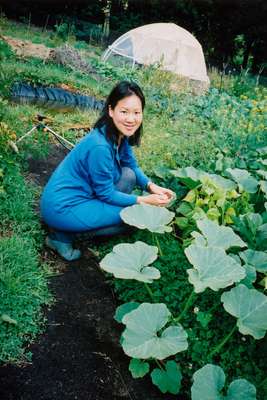

During the week, Hobart, population 205,000 – the majority of whom work in the public service or at the University of Tasmania – is a sleepy town. But come Saturday, it buzzes down at Salamanca Place market, a strip of hundreds of stalls next to the idyllic port. There are buskers everywhere with varying degrees of skill. Pensive artists sell wooden windchimes while suburban mums vend stuffed toy Tasmanian devils and key rings. Then there is the food: locally produced wine, cheese, organic vegetables, olive oil, honey and kindly-killed pork.
Duncan Garvey, co-chairman of Perigord Truffles of Tasmania, is an embodiment of the new foodie niche. His dog Pip sniffed out Tasmania’s first truffle in 1999 and Garvey now has the rights to truffles from 80 farms across the country. With Australian seasons opposite to the rest of the world, his company airfreights fresh truffles to the northern hemisphere within 36 hours. His big markets are Japan, Macau and Hong Kong.
Premier David Bartlett believes Tasmania has the potential to become the food bowl of Australia, largely because the state has so much water: 14 per cent of the water that falls in Australia falls in western Tasmania. The island was listed by New Scientist as one of a handful of places that will still have enough water by 2099 if global warming continues. There is even talk of piping Tasmanian water to water-strapped Melbourne.
With the first hydroelectric development built in 1895, Bartlett also predicts that Tasmania’s next big export will be its renewable energy wisdom. Two government enterprises, Hydro Tasmania, a hydroelectricity concern, and Roaring 40s, a wind farm partnership with Hong Kong-based China Light and Power Group, are assisting schemes in Malaysia, Indonesia and China, where he says there is massive investment in hydro electricity.
Culturally, there is great excitement on the island about David Walsh. The 47-year-old Tasmanian multi-millionaire is building the $55m (€42m) Museum of Old and New Art (MONA), on the grounds of Moorilla, his winery, to house his art collection. “The thing I like about Tasmania is that it has this implicit notion of nowhere-ness,” he says.
Tasmania also has a healthy arts scene, ranging from the Tasmanian Symphony Orchestra to IHOS, an experimental music theatre and opera group.
“When I first stepped out from the plane, it was like wow,” says Thanapoom Sirichang, a composer from Thailand, who moved to the island five years ago. “The air smells so clean. I like the peace, as I hate big cities.”
While the island is increasingly drawing in those working in environmental and scientific research, it also attracts people wanting to get away from it all. Ten years ago, former New York doctor Terry Choi-Lundgren, 38, moved with husband Derek to Glen Huon, a pretty village outside Hobart. “I feel so, so lucky. I don’t know what I did in the world to deserve this,” says Choi-Lundgren as she pads around her small, cosy home, with compost loo and Rayburn stove.
The couple transformed a federation California Bungalow on their property into Spa Karma retreat. That’s the thing about this place. You can come here to save the world, or just to take it easy.
What Tasmania needs
01 A new newspaper to counter The Mercury, which is known locally as “the five-minute fiction”.
02 Cultural diversity. Most immigrants to Australia tend to go to Melbourne and Sydney. The positive reception to 300 Sudanese refugees who moved to Hobart highlights the hunger for more of a mix.
03 With plenty of bok choi at Salamanca market, Hobart could do with a few Chinese restaurants… or Thai, or Vietnamese.
04 The Tasmanian Football Club is looking for its own Roman Abramovich to fork out $2m a year for three years. Talks are ongoing with a mystery sheikh but if they fall through…
05 More effort should be put in planting a diverse range of tree species, which could be used for saw and veneer logs, instead of just woodchips.
Relations with Antarctica
Ever since 1912, when Roald Amundsen stood on a street in Hobart and announced that he had been to the South Pole and was the first man to do so, Hobart has had a rich polar history. With Australia claiming 42 per cent of Antarctica, Hobart is pivotal in supporting the commitment there. Up to 4,300 people now work in the 97 Antarctic facilities. The US has the largest base at McMurdo, where approximately 1,000 people live. In January this year, the Chinese opened their third research station at Dome Argus, the pole’s highest point.
Can’t log on
Premier David Bartlett believes Forestry Tasmania will lead the way in exporting expertise in sustainable forestry. About half the island is covered with forest and over 15,000 hectares are logged each year, including areas with trees up to 400 years old. Green groups describe the logging as some of the worst in the world, with trees felled and land later burned with napalm. Gunns, Australia’s largest hardwood forest products company, is the main player – to the point where some claim it controls the island. Greens leader, Nick McKim, says Tasmania’s logging industry is currently not sustainable. “Forestry has a crucial role to play in the state’s future but we cannot continue to destroy high conservation value forests and still market ourselves as clean and green.”
‘Made in Tasmania’
01 Tasmania tote bag: the extinct Tasmanian tiger shown on this bag makes headlines when “spotted”. 02 Wool hat: for those wanting to attend a forest blockade or spend time in the pub with timber workers. 03 Chopping board: made from huon pine, blackwood and myrtle. 04 Thumb cuffs: a reminder that Tasmania was founded as a jail for British baddies in 1803. 05 Greens sticker: they are standing up for farmers, and not just trees. 06 Key ring: with map of Tassie. 07 Hobart patch: for an “I’ve been around the world” vest. 08 Tasmanian devil: unique to the island, this marsupial’s numbers are dwindling due to a parasitic cancer. 09 Grand View: handmade sheeps milk cheese. 10 Clover blossom honey: from local bees.

